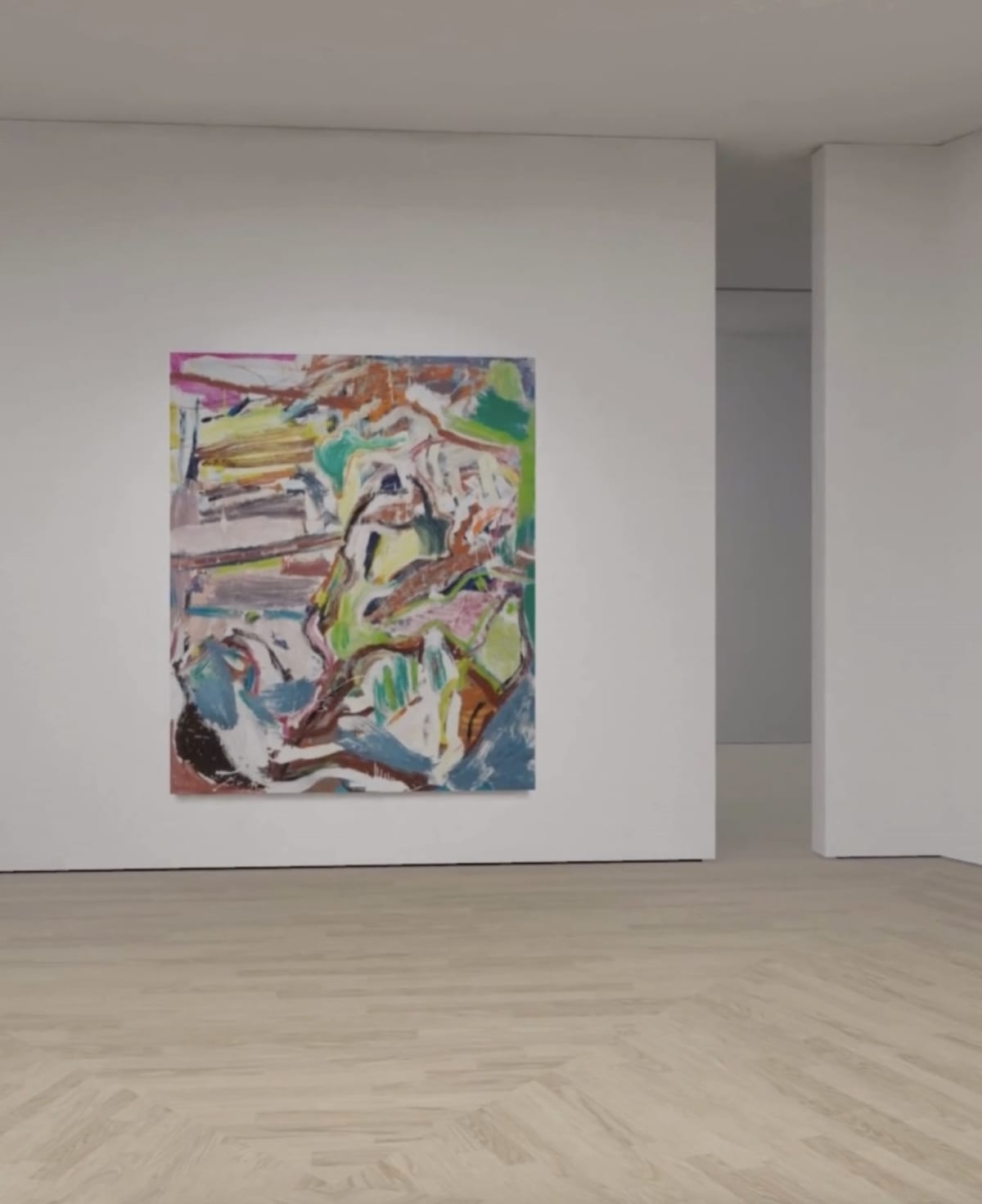Member Case Study: Vortic
Vortic is a pioneering extended reality company reshaping the art world through immersive 3D digital exhibitions. Reflecting its commitment to climate action, Vortic commissioned a sustainability report to explore the environmental benefits of digital and hybrid exhibitions, aligning with the goals of GCC.
Bridging Art and Sustainability
The art world, despite its cultural significance, often leaves a substantial carbon footprint. Frequent global travel for exhibitions, art fairs, and the transportation of artworks contributes heavily to carbon emissions. "There are so many art world events taking place throughout the year and across the globe. This has created a huge amount of travel for the whole industry, including artworks and collectors. Each of these journeys has a significant carbon footprint," says Oliver Miro, founder of Vortic.
Recognising these challenges, Vortic commissioned a sustainability report with carbon analyst Danny Chivers to quantify the environmental benefits of digital and hybrid exhibitions. The report compares the carbon emissions of a few typical scenarios where a physical art exhibition or art fair booth might be partly or fully replaced by a digital alternative, offering data-driven insights into potential carbon savings.
Key Findings from the Sustainability Report
-
Physical vs. Virtual Exhibitions without Flights: Digital exhibitions can reduce carbon emissions by 60–80% compared to physical ones. In scenarios where pre-existing equipment (e.g. screens) is used, the reduction can be as high as 82%.
-
Including Flights: When compared with an exhibition that used international air freight and travel, a digital exhibition can be over 90% lower in carbon emissions. With pre-existing equipment, reductions can reach up to 96%.
-
Art Fair Booth Comparisons:
-
Instead of travelling from London to Miami for an art fair, using a fully digital booth can reduce emissions by overup to 99.6%, equating to 278 times lower emissions than a physical booth. Hybrid booths, combining physical and digital elements, can halve emissions.
-
Even for more regional art fair attendance, such as from London to Basel, a fully digital booth can offer emissions reductions of overup to 98.7%.
The main carbon savings in these scenarios were from air travel, international air freight, and energy use in gallery spaces. The energy and travel required to create the digital artworks was much smaller by comparison, even including the estimated energy use from offsite server banks.
"Since Vortic was created, a key goal for us was to digitally recreate the experience of putting someone in front of an artwork. The technology enhances the viewing experience and allows people to access additional information to better understand the work," explains Nick Walter, CEO of Vortic.
Embracing Digital Solutions
Vortic's technology enables galleries and artists to present creative and innovative virtual exhibitions, whilst reducing the need for transporting artworks and extensive travel. This not only lowers emissions but also broadens access to art. "We are trying to cut down the number of journeys an artwork needs to take before it ends up in a collector’s house, as one of the many ways to move towards a more sustainable art world." says Oliver Miro.
Overcoming Resistance and Looking Ahead
While the art world can be set in its ways, Vortic sees an increasing openness to digital solutions, especially when the environmental benefits are clear. "I believe people want to change for the better, but making these changes is difficult. People in any industry get used to doing things in a certain way," acknowledges Miro. "We are here to support those who want to make that conscious decision to move towards a more sustainable way of operating."
To make digital and hybrid solutions more widespread, continued investment in education and digital infrastructure is essential. "There needs to be emphasis on educating the art world about the benefits of virtual exhibitions, not just from a sustainability perspective but also in terms of accessibility and audience reach," suggests CEO Nick Walter.
Conclusion
Vortic's commitment to sustainability demonstrates how innovation can drive significant environmental benefits in the art sector. By embracing digital and hybrid exhibitions, Vortic is not only reducing carbon emissions but also challenging traditional practices in the art world. As Oliver Miro aptly puts it, "If you can reduce [the footprint] by 10%, 20%, 30%—then cumulatively this will make a big difference."
Vortic continues to lead by example, showing that with conscious effort and technological innovation, the art world can move towards a more sustainable future

